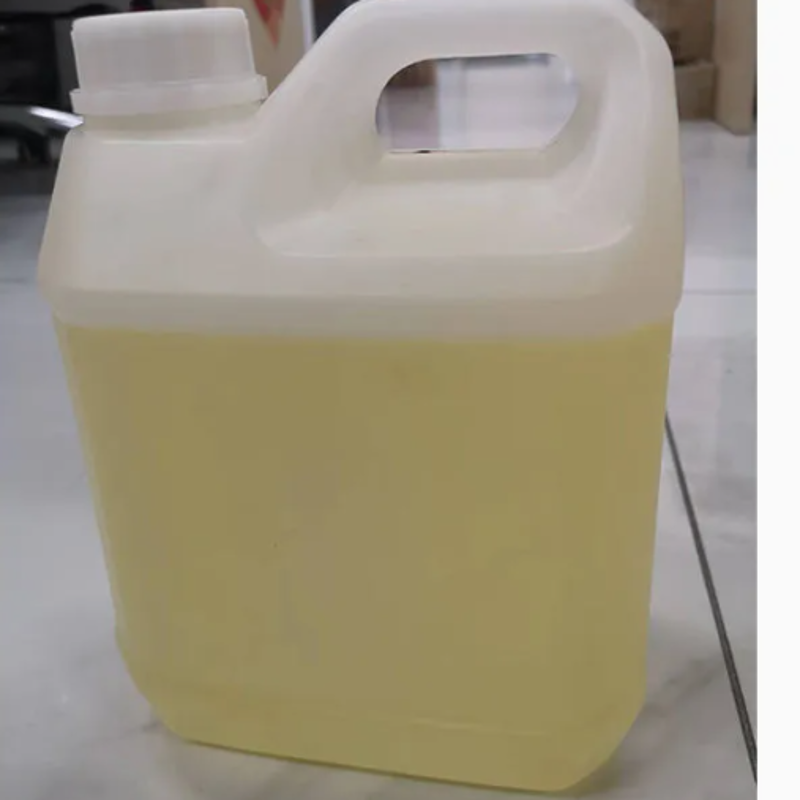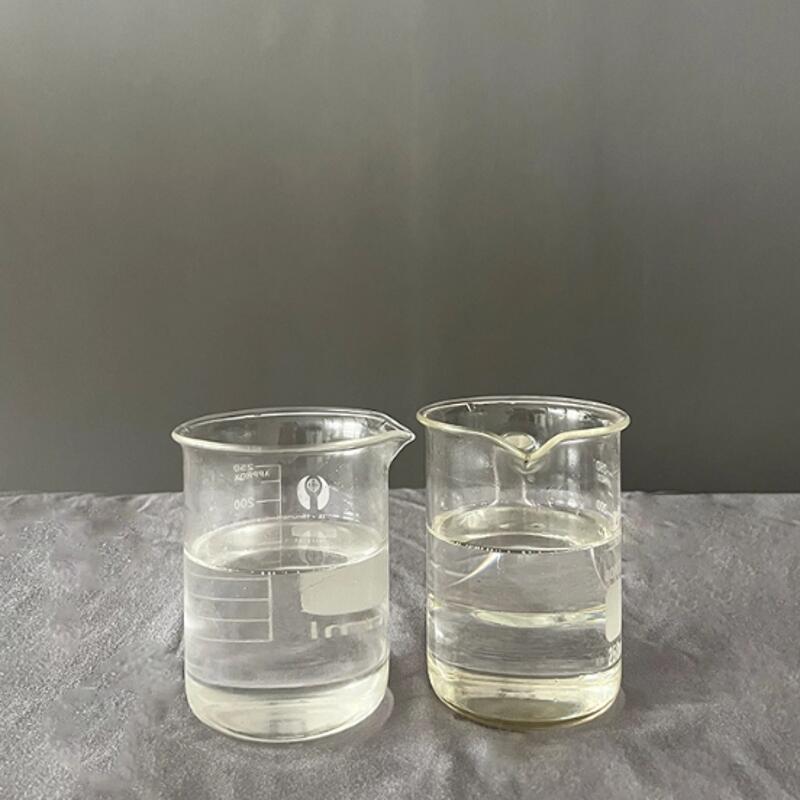-
Categories
-
Pharmaceutical Intermediates
-
Active Pharmaceutical Ingredients
-
Food Additives
- Industrial Coatings
- Agrochemicals
- Dyes and Pigments
- Surfactant
- Flavors and Fragrances
- Chemical Reagents
- Catalyst and Auxiliary
- Natural Products
- Inorganic Chemistry
-
Organic Chemistry
-
Biochemical Engineering
- Analytical Chemistry
-
Cosmetic Ingredient
- Water Treatment Chemical
-
Pharmaceutical Intermediates
Promotion
ECHEMI Mall
Wholesale
Weekly Price
Exhibition
News
-
Trade Service
Recently, Trinseo has commercialized recycled polystyrene (PS) by melting technology
.
All along, Trinseo's comprehensive sustainability commitment to PS recycling covers mechanical, dissolving and chemical technologies, with a clear commitment to closing the PS recycling cycle, i.
e.
As the first product in this series - STYRON™ CO2RE™ 687DI30 Regenerated PS, the recycling method of this material consists of dissolving post-consumer recycled (PCR) material in a solvent, and then going through a series of purification steps to Polymers are separated from additives and contaminants
.
The material is then fed into a polymerization reactor, which yields a 30% PCR-containing regenerated polystyrene polymer
.
The material can be used in consumer electronics and packaging applications, and with a compliant functional barrier solution, it can also be used in food contact materials and other fields
.
This material reduces CO2 emissions through a carbon life cycle assessment comparing data from 100% fossil fuel-produced general-purpose polystyrene to a batch of polystyrene produced from 30% post-consumer recycled materials 15%
.
At the same time, a study showed that the two were found to have performance similarities in some aspects, such as transparency
.
As a physical recovery method, the dissolution method can effectively maintain the molecular structure of the recovered material
.
Likewise, Trinseo is working on developing chemical recycling technology, because polystyrene, a polymer, has the unique ability to achieve a complete cycle, chemically becoming the complete recycling of synthetic monomers
.
Learn about the current methods of recycling polystyrene
Learn about the current methods of recycling polystyreneOrdinary polystyrene and high-impact polystyrene wastes are recycled, washed and directly crushed, and can be mixed with other materials (such as concrete, gypsum or natural fibers) as low-density additives to make lightweight new materials
.
Or through heating and melting, adding auxiliary agents such as foaming agents, extrusion and granulation to the final product
.
At present, this recycling technology has been widely promoted in China and has become one of the main ways of recycling
.
Cleaning, crushing, melting and extrusion can better maintain the physical and chemical properties of polystyrene, but after repeated heating, a small amount of molecular chains are broken and the relative molecular weight is reduced
.
Impact strength and elongation will decrease
.
Recycled polystyrene pellets
Recycled polystyrene pelletsExpanded polystyrene materials (EPS) are mostly building insulation layers and disposable outer packaging materials.
Volume reduction (defoaming) during recycling has a great impact on transportation costs and recycling
.
Therefore, processes such as heating densification, cold crushing or cold compression are generally used to reduce the volume of waste
.
Use EPS granulation equipment to make recycled EPS particles or mix with other high polymer raw materials (such as linear SBS) and process them into plastic alloys to make plastic products
.
Processes with industrial potential in chemical recovery are cracking, vaporization, hydrogenation and pyrolysis
.
This decomposition of waste materials into reusable components such as monomers, compounds, and fuels makes EPS recycling truly a closed-loop process
.
Although the chemical method is not novel in terms of reaction mechanism, there are still many engineering problems to be solved in order to realize practical application
.







